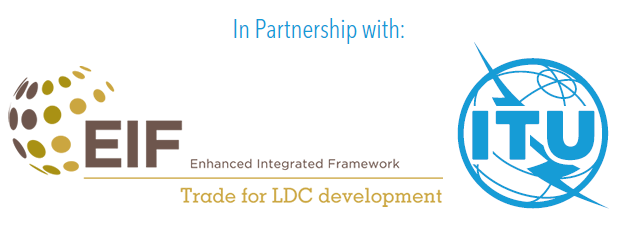4.1 Government institutions in charge of ICT
Mainstreaming gender in digital policies does not seem to have a specific institutional set-up. Table 10 below provides an overview of the main government institutions that intervened in the implementation of the gender mainstreaming practices reviewed in section 3.
Table 10: Government intervention in gender mainstreaming practices (by region)
| ITU region | Government institutions (and other stakeholders) |
| Africa | National Post Office; Ministry of ICT; ICT regulator; Ministry of finance; private and public banks |
| Americas | Head of Cabinet of Ministers; ministry in charge of women, gender and diversity; ministry of public innovation; ICT regulator; private sector; civil society |
| Arab States |
Ministry of Social Solidarity; Ministry of Communications and Information Technology; Ministry of Youth and Sports; Micro, Small, Medium Enterprise Development Association |
| Asia and the Pacific |
Department of Infrastructure, Transport, Regional Development and Communications; ICT regulator; eSafety Commissioner; Ministry of Science and ICT |
| Commonwealth of Independent States |
Ministry of ICT; ICT/IT Centres; Ministry of Education; Ministry of Youth and Sport; schools and colleges |
| Europe |
Federal Ministry for Economic Cooperation and Development (BMZ); Ministry of Education; academia; private sector |
Institutions that put in place gender mainstreaming practices are the ones that put in place digital policies: the Ministry in charge of ICT and the ICT regulator are present in most practices; other ministries that also intervene are those in charge of education, finance, infrastructure, gender, etc. This finding goes in line with ITU data suggesting that, overall, the policy-maker in charge of telecommunications/ICTs is typically the Ministry of telecommunications/ICT (50 per cent). Other institutions in charge can be Government/Cabinet (19 per cent), Other (15 per cent), and Telecommunications/ICT Regulatory Authority (17 per cent).59
Key government institutions influencing digital policies are the Ministry in charge of ICTs, the ICT regulator, and other government institutions dealing with the five policy areas contributing to gender equality in the digital space such as the ministry in charge of trade, the ministry in charge of education, the ministry in charge of finance; the central bank, the ministry in charge of gender. Regional regulatory associations are also important stakeholders as they are a venue for sharing information among countries and, in some cases, also a source of digital policy guidelines.60 Table 11 identifies the lead institution(s) and the institution(s) to be consulted for putting in place inclusive digital policies.
Table 11: Government institution consulted for inclusive digital policies
| Policy area | Lead government institution(s) | Other institutions to be consulted | Main objectives | Expected results |
| Digital technology | Ministry in charge of ICTs; ICT regulator; |
Ministry in charge of gender; Ministry in charge of trade; Regional regulatory associations |
Promote women and girls’ access to digital technology | Women and girls use digital technology |
| Digital skills | Ministry in charge of education; | Ministry in charge of gender; Ministry in charge of trade Universities and training institutes |
Provide digital skills to girls and women and increase the number of women in STEM programmes | Women and girls equipped with digital skills; Increased number of women and girls in STEM programmes |
| Financial inclusion | Ministry in charge of finance; Central bank |
Ministry in charge of Gender Ministry in charge of trade ICT regulator |
Improve women’s access to credit and provide training in the use of financial tools | Improved women’s access to credit; Women and girls are trained in the use of financial tools |
| Entrepreneur-ship and leadership |
Ministry in charge of trade | Ministry in charge of gender; Ministry in charge of education |
Motivate the creation of enterprises, Promote labour insertion |
Increased number of women with businesses in the digital sector; Increased number of women employed |
| Infrastructure and digital services |
Ministry in charge of infrastructure; Ministry in charge of finance ICT regulator |
Ministry in charge of gender; Ministry in charge of trade; Regional regulatory associations |
Improve women and girls’ access to infrastructure and digital services and train them in the use of digital services | Girls and women trained in the use of digital services |
Ministries involved in the making of digital policies, often have different motivations. While ICT, by definition, is the core area of the ministry in charge of ICT and the ICT regulator, this is not necessarily the case for other ministries. In the case of the ministry in charge of trade, e-commerce can be one area of influence, but ICT is certainly not mainstreamed through all its areas of action. A similar situation can be depicted with reference to the ministry in charge of education: the identification and provision of digital skills is an area of action but not its main mandated focus. These different motivations likely pose challenges when ministries collaborate.

